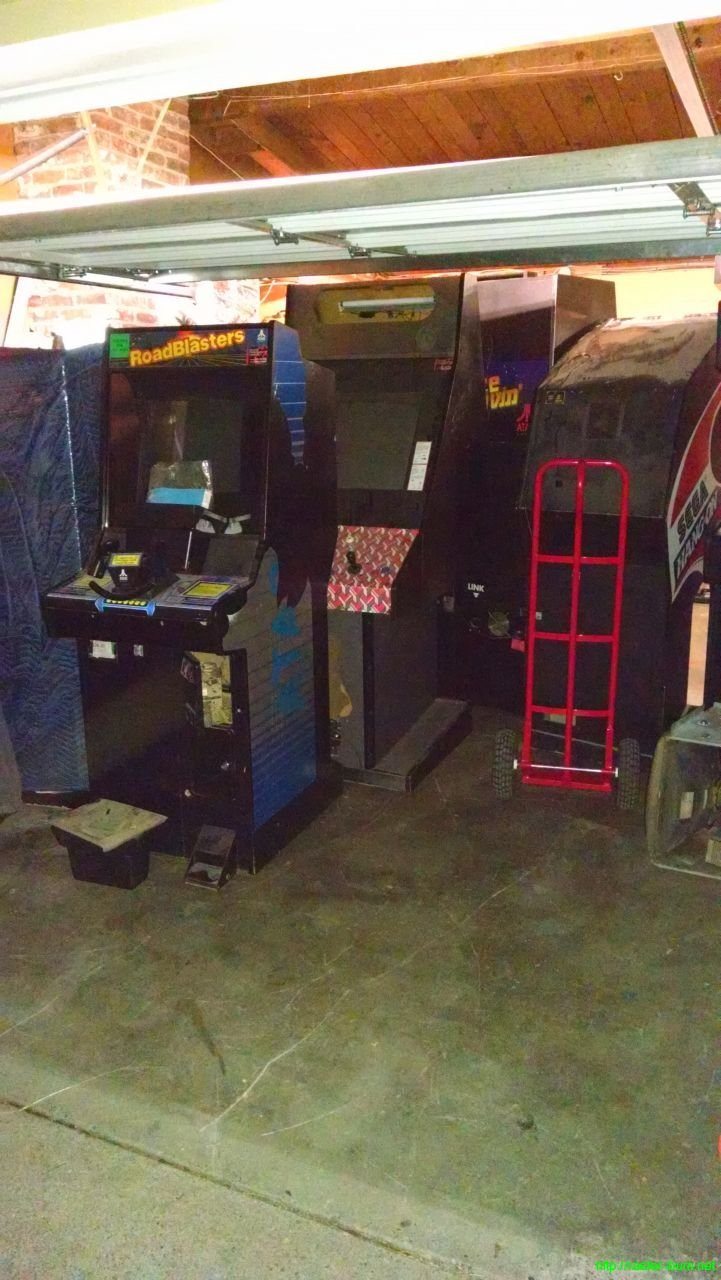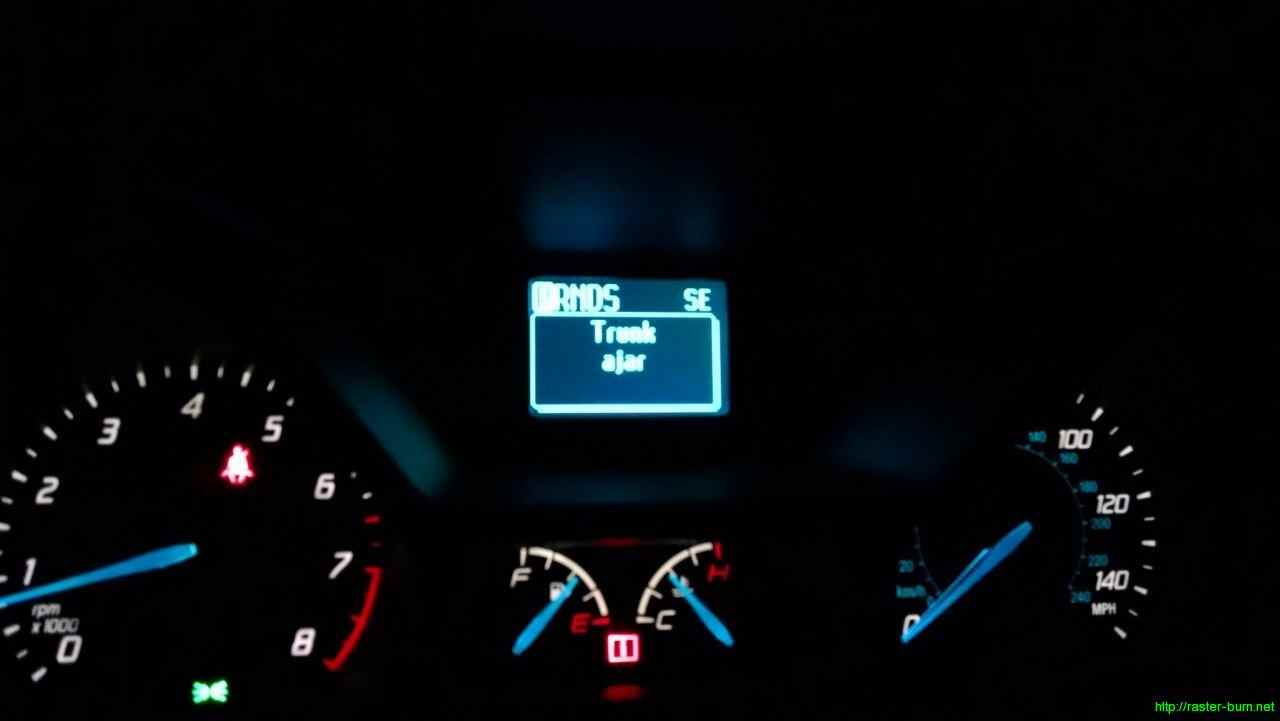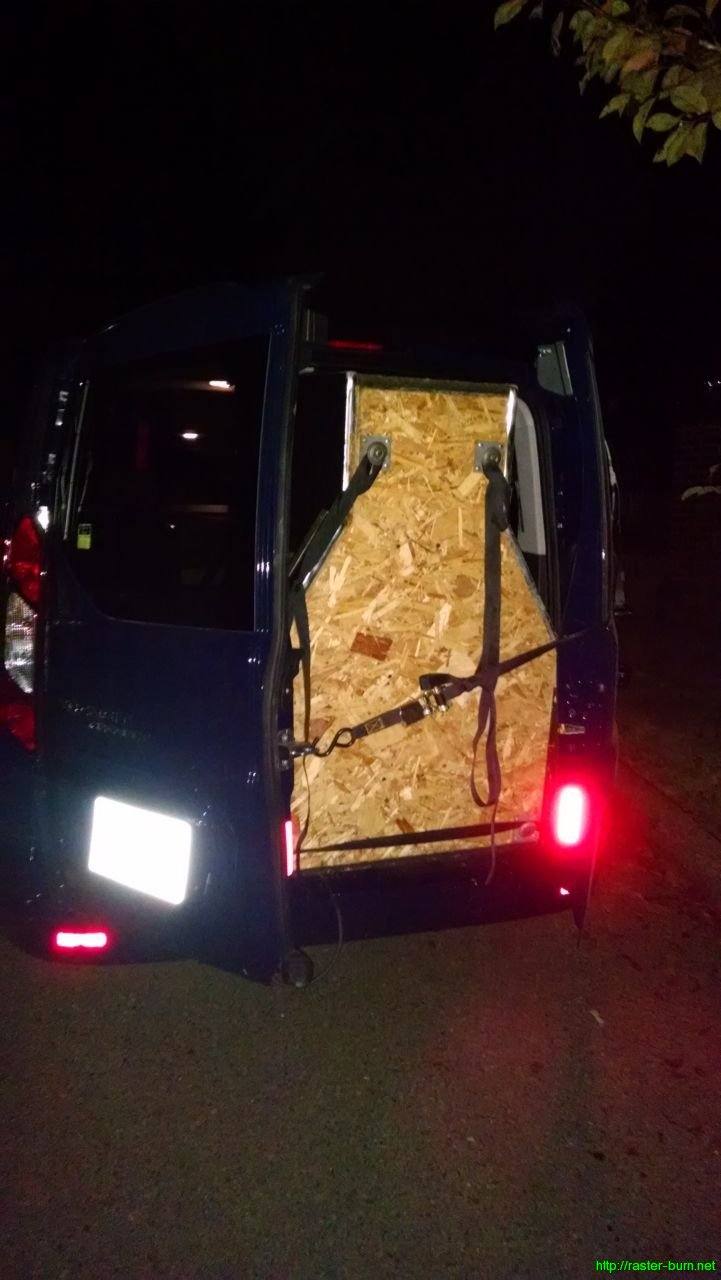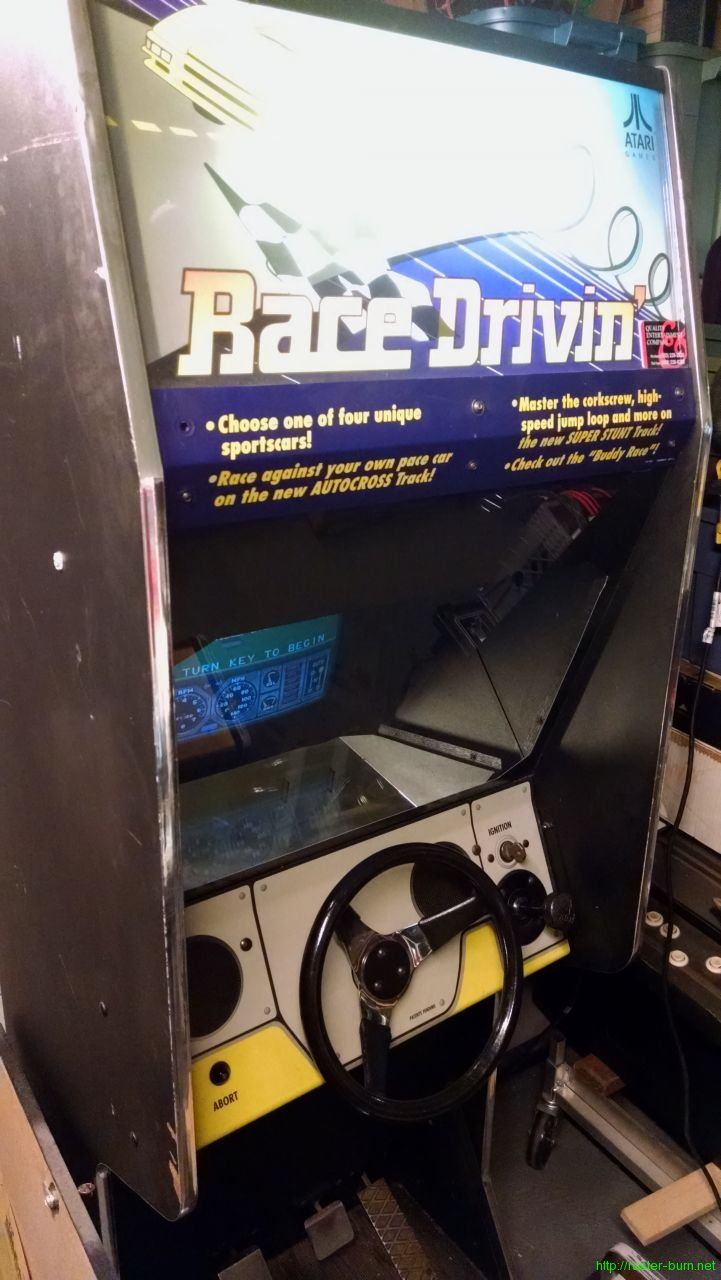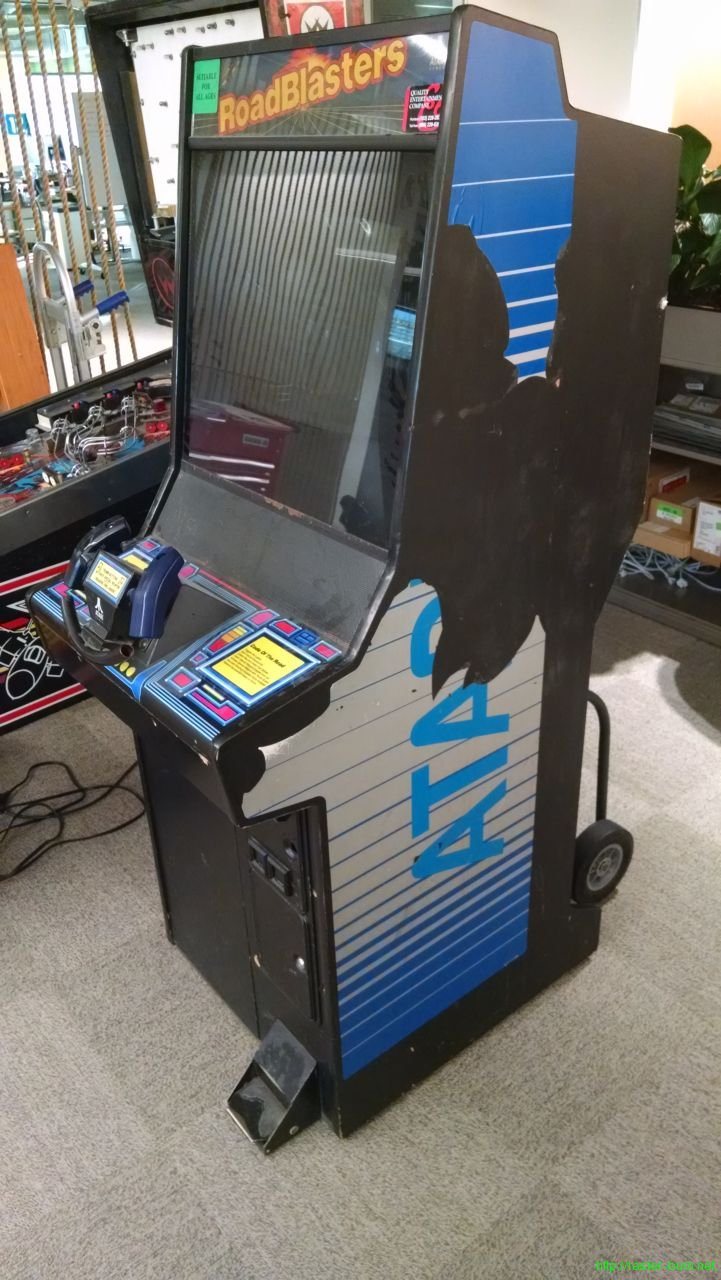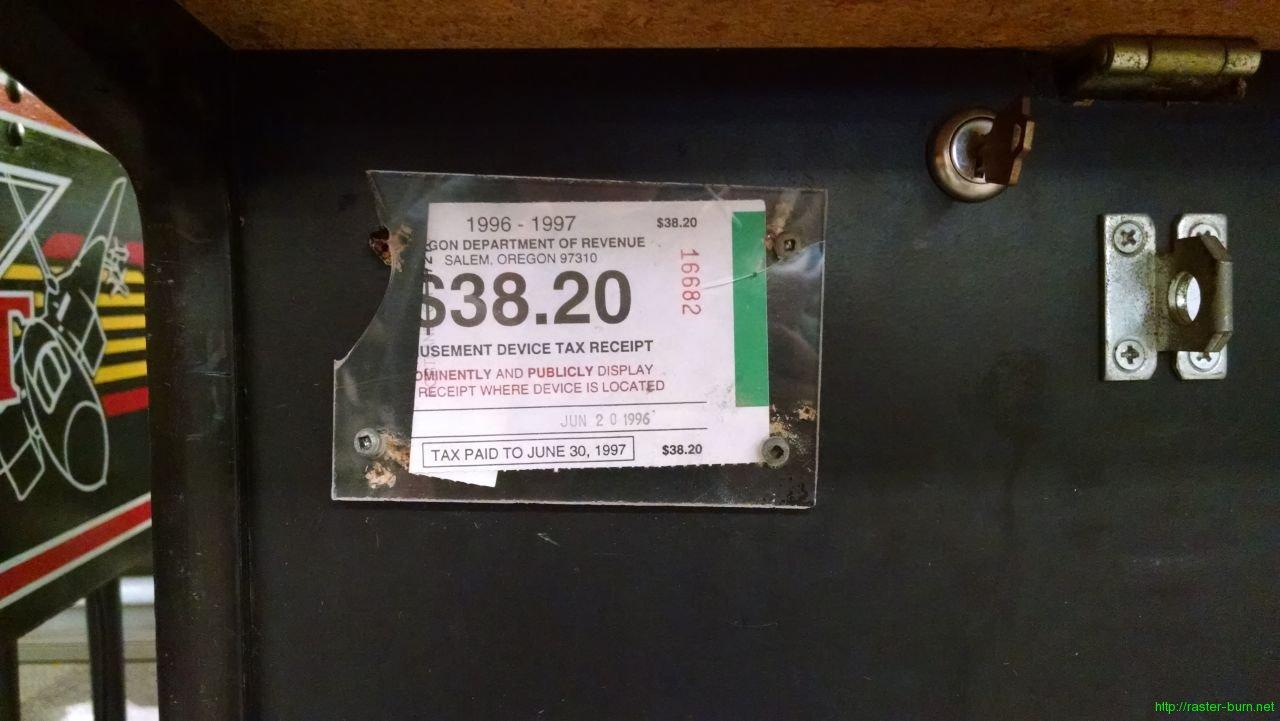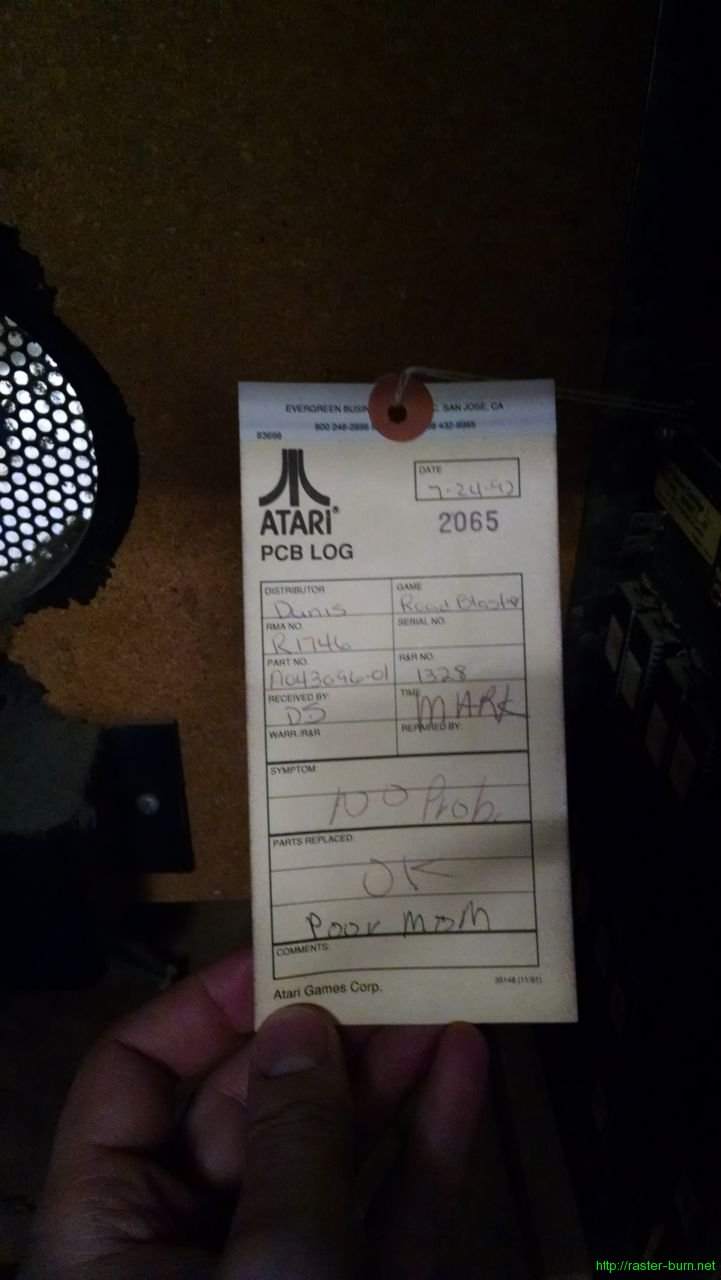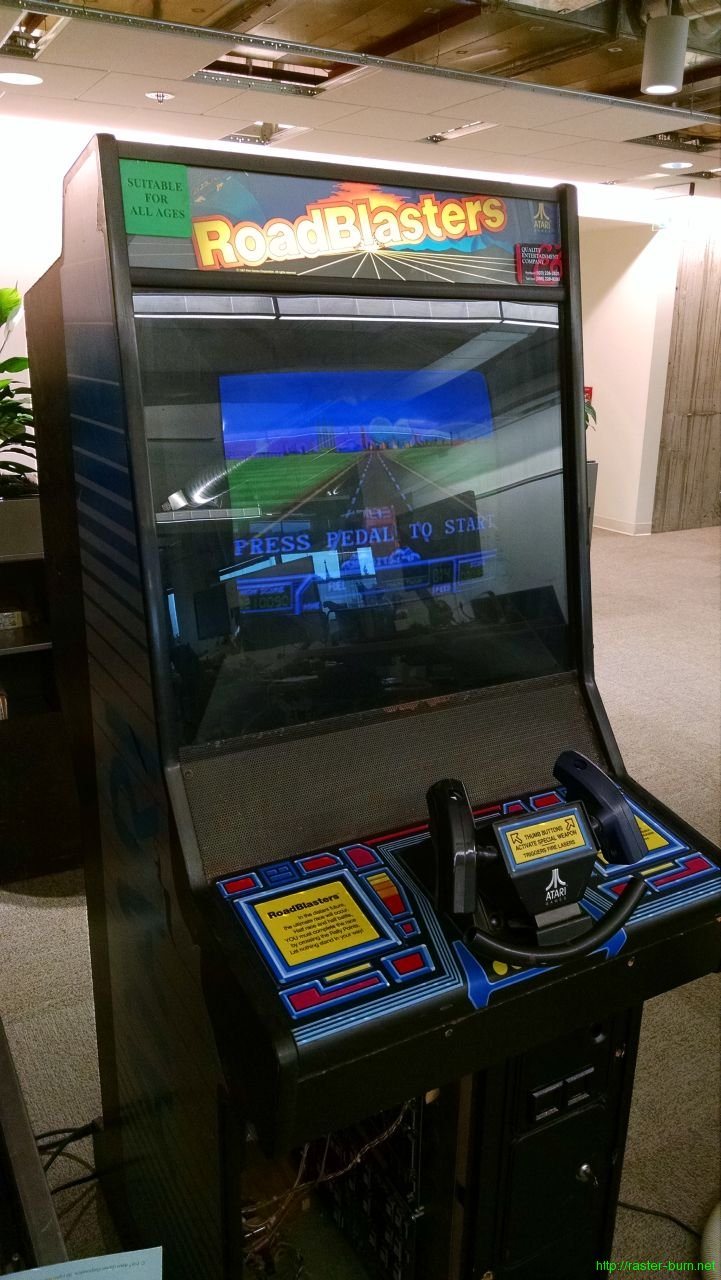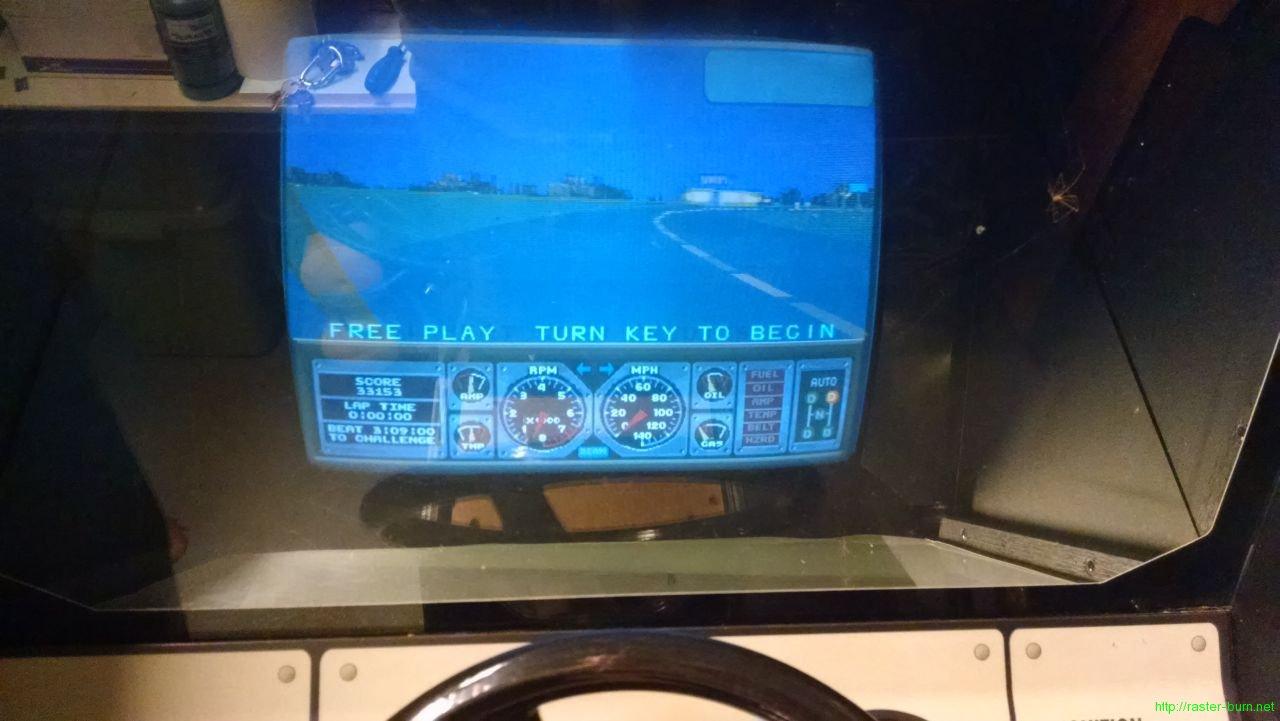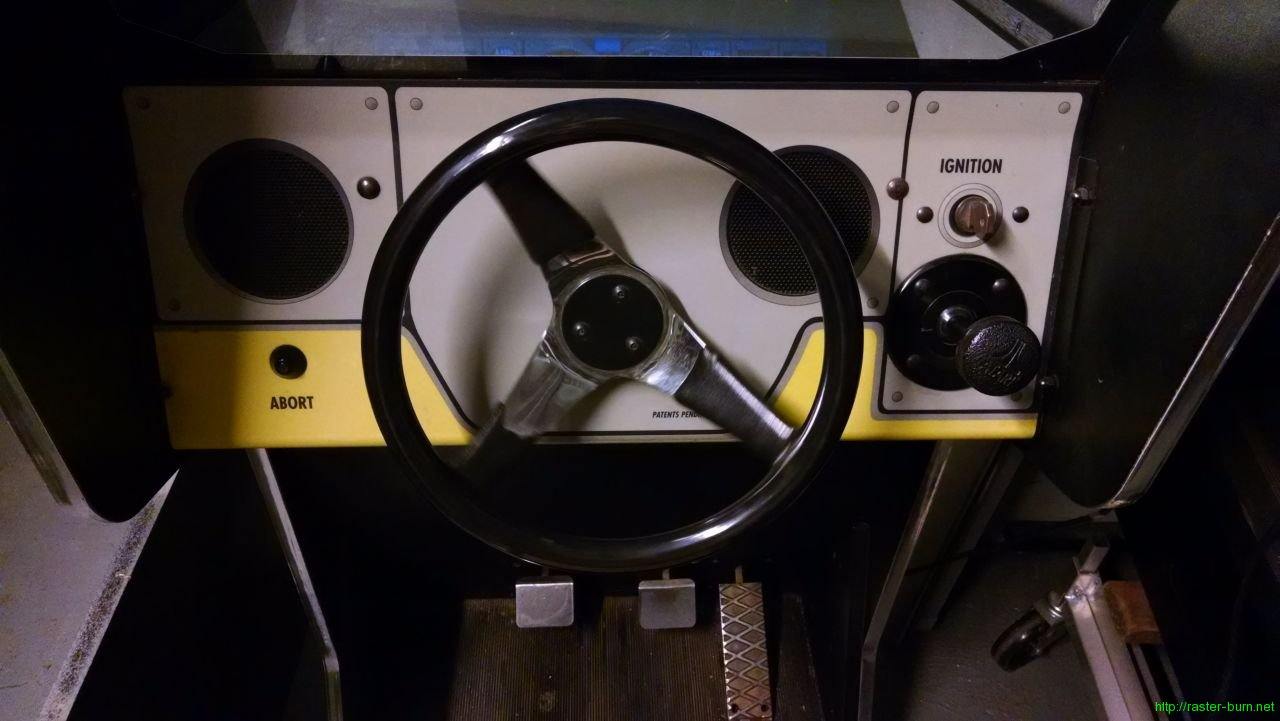So, I’ve had an issue with my van that’s been bugging me for a while. The outside air temperature reading on the center console display would fluctuate wildly, especially in hot weather, which wouldn’t be that bothersome on its own… Unfortunately the air conditioning system uses the same sensor as the information center, and when the temperature reads below around 32 degrees it will no longer operate to cool air. So, I’d be driving around in the summer baking while the car thought it was -20 outside and refused to run the air conditioning.
This seems to be a pretty common issue on 2010s Fords, apparently these sensors have a high failure rate. Fortunately, it’s easy enough to solve. There are a bunch of videos out there showing how to access this sensor, but none of them is great, so I decided to post some pictures of where exactly this thing is and what you need to do to get to it.
Parts and tools wise, you don’t need much. You’ll require a trim tool, and a T30 Torx. For the replacement sensor, I went to O’Reilly and they looked up Standard part number AX352 as the correct one for this vehicle. The exact Ford part number on the sensor I removed was AU5T-12A647-AC, but it looks like a bunch of different Ford part numbers correspond to this same sensor, and it’s a generic thing used across many models.
To access the sensor, you’ll need to remove the plastic front splash guard that mounts up under the bumper. To loosen it there are several push-in plastic fasteners to remove with your trim tool, and a few T30 Torx screws. Once those are all removed, pull one side of the splash guard toward the rear of the vehicle, you might have to push the edge of the front bumper cover out slightly to get it to clear. Once you have one edge loose you should be able to easily slide the whole thing out. Keep it horizontal while you’re doing so, because there’s probably a bunch of road debris on top of it that you don’t want to pour all over yourself.
With the splash guard out of the way, you’ll be able to look up inside the bumper cover on the driver’s side, and readily see the sensor’s location. It mounts right up next to the lower air inlet in the bumper cover. Pop the sensor out of its mounting holes with your trim tool, push in the tab on the connector and pull to remove, install your new one, and you should be good to go. As you’re doing this check the pins in the connector for corrosion. If they’re looking nasty you may need to use some contact cleaner or replace the connector, as these sensors can be sensitive to connection issues.
Once you’ve got everything buttoned back up, take the vehicle for a test drive. The new sensor reading won’t show up on the info center display immediately, I think it starts off from whatever it read last time the vehicle was run, and then takes a rolling average of new readings as you drive. It took about twenty minutes of driving for the computer to catch up and read the actual outside temperature and hold steady.

